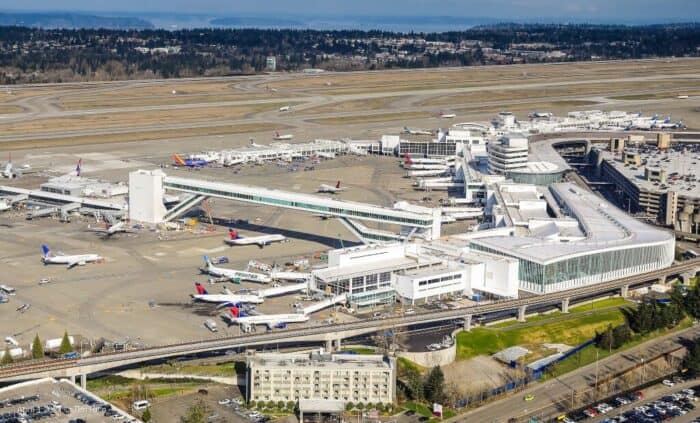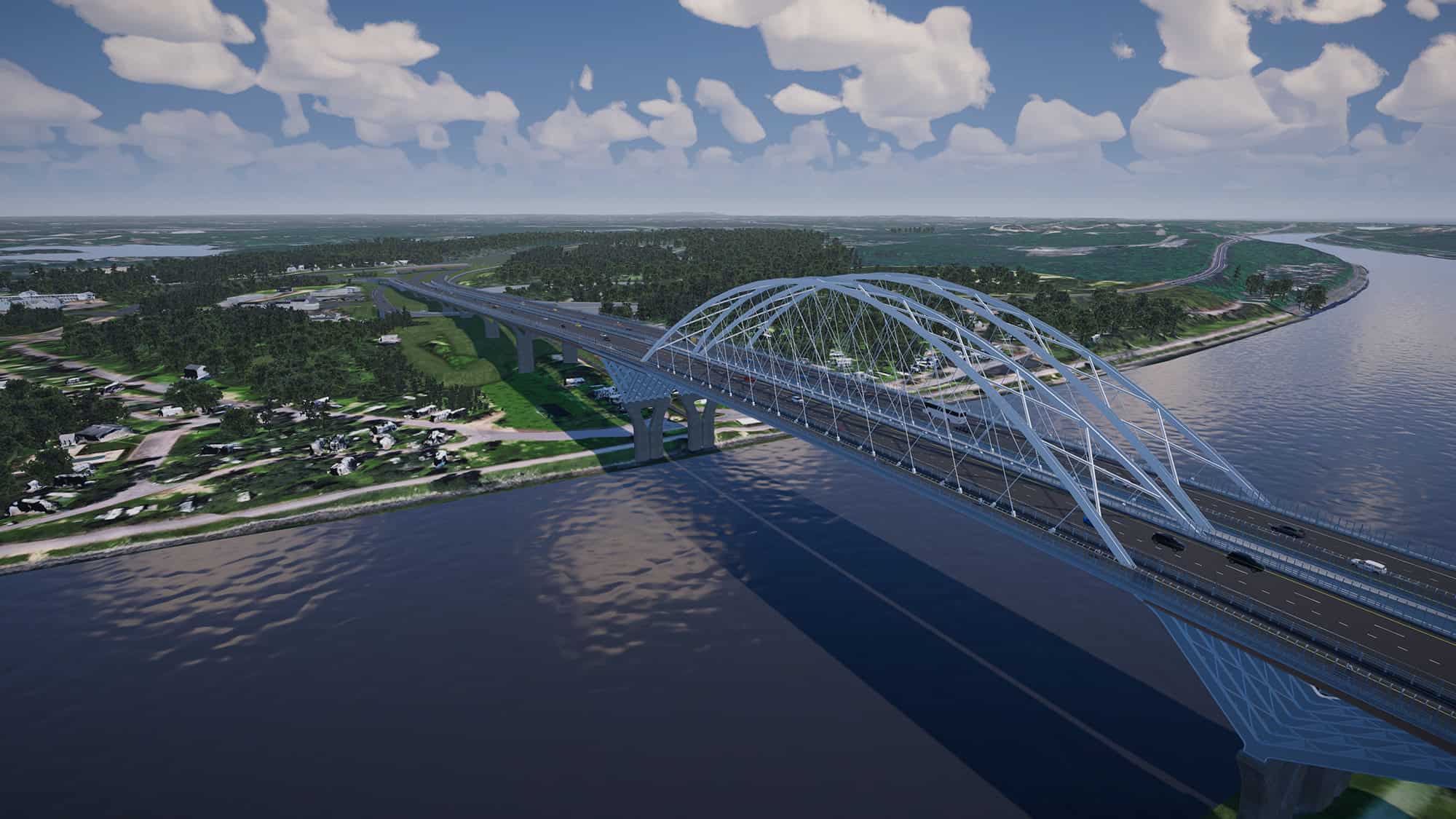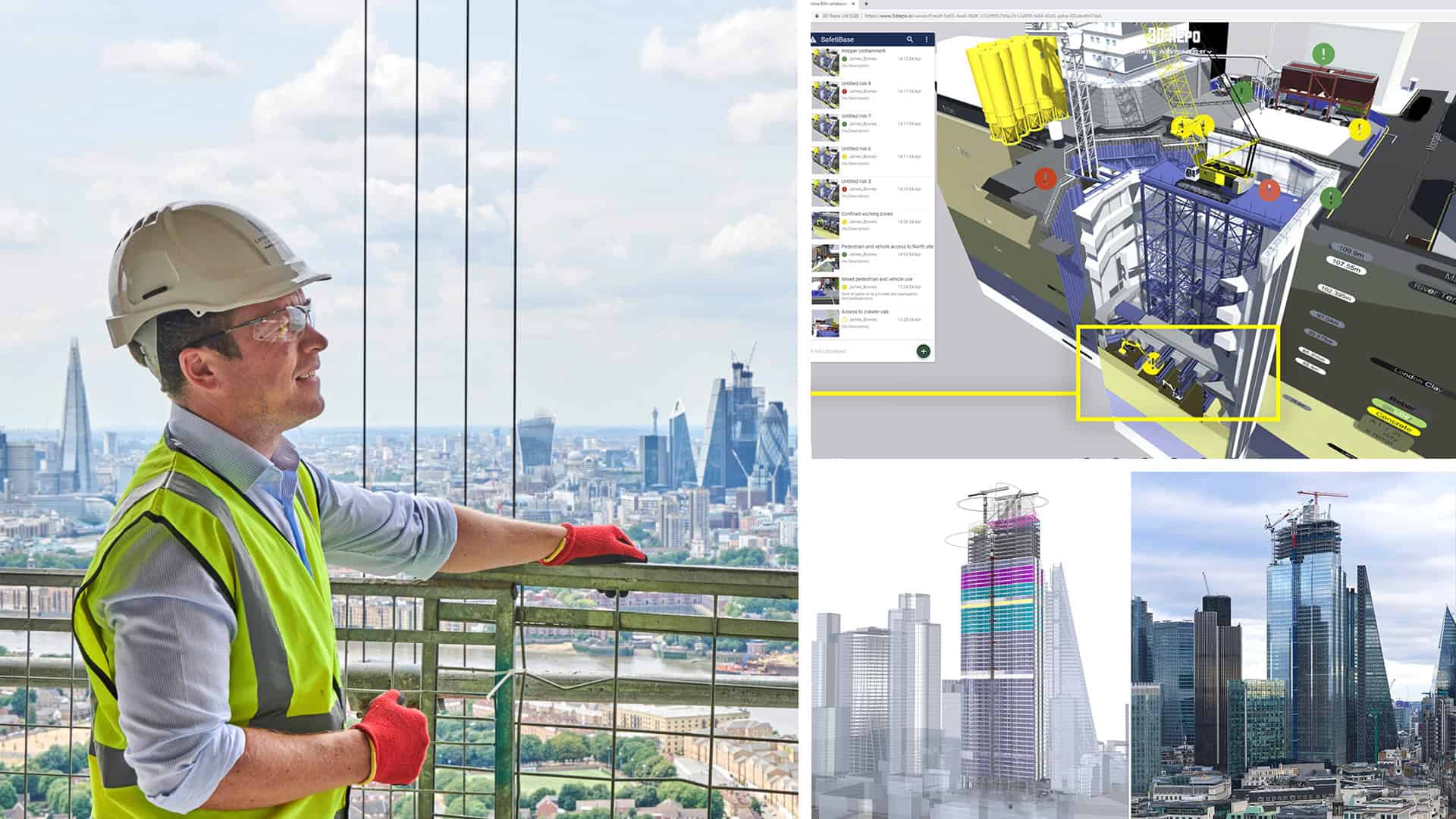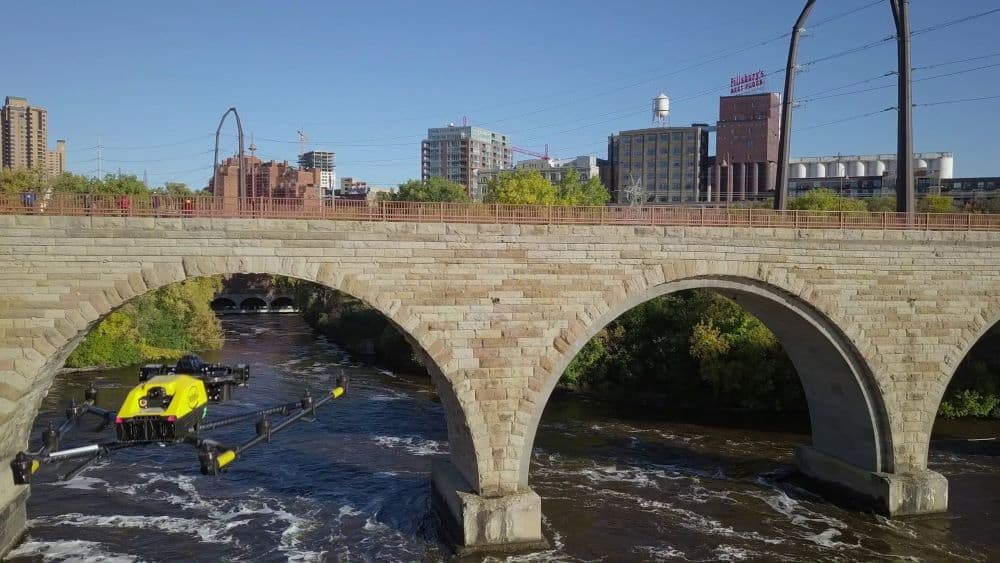The Seattle Tacoma International Airport, or SEA Airport, is the gateway to and from the United States’ picturesque Pacific Northwest for millions of travelers – over 50 million in 2019 – and the number of people flowing through the airport is expected to keep growing. Officials at the Port of Seattle, the organization that operates SEA airport, soon realized that the airport needed an array of improvements, the most significant of which was replacing the aging, 1970s-era customs processing facility.
To improve the facility’s ability to process international travel, as well as improve the first impression for visitors to the airport, the Port of Seattle unveiled a USD 968 million plan to construct a 450,000-square-foot International Arrivals Facility (IAF), which is the most complex capital development program in the history of the 71-year-old airport. The project features a three-story grand hall for baggage claim and customs processing, which doubles passenger capacity and reduces connection times without adding new gates. In addition to providing access for modern wide-body airplanes, the facility triples baggage claim carousel sizes. Notably, passengers will be able to access IAF via an iconic 780-foot-long pedestrian walkway suspended 85 feet in the air over an active taxi line, making it the world’s longest structure of its’ kind.
The Port of Seattle knew that they needed a world-class engineering and construction group to bring the complex and groundbreaking design to life. They turned to Maryland-based Clark Construction Group, one of the most experienced and respected building and civil construction firms in the country. Clark Construction has prior experience working on projects at 15 of the largest airports in the United States. Even so, IAF presented significant challenges. The finished facility had to meet LEED Silver certification, and the airport had to remain fully operational even as workers closed areas and moved around large pieces of equipment.
Moving 3 Million Pounds Across Three Miles
 Clark Construction created rich 3D models and animated construction sequences to help build, move, and position a 3 million-pound center-span into place. Image courtesy of Clark Construction.
Clark Construction created rich 3D models and animated construction sequences to help build, move, and position a 3 million-pound center-span into place. Image courtesy of Clark Construction.But designing and building the pedestrian walkway was Clark Construction’s biggest challenge by far. Its center span measured 320 feet and weighed 3 million pounds. To ensure its structural stability, the span would need to be created as a single piece rather than assembled in segments on site. As a result, it had to be built at an airport cargo area three miles offsite, transported to the project area, hoisted 85 feet high, and seamlessly connected between the new building and the existing structure, all without interrupting flights or taxi operations. For the record-breaking design to work, careful planning and measurement was critical. “There was no room for error,” said Brad McDermott, project executive at Clark Construction. “We knew we had to get this right the first time.”
Clark Construction could not rely on traditional 2D construction drawings, as they could introduce human error or, worse, be misinterpreted by team members trying to imagine the drawings in 3D. They also could not manually plot out the construction process, as any tiny mistake could cascade into a major airport shutdown, or even an accident that could jeopardize workers or passengers. Fortunately, Clark realized that creating a reality model of the project would allow them to clearly picture not just what they wanted to build, but how they could build it.
The design team used laser scanning and Bentley’s SYNCHRO 4D to create a rich digital replica of both the airport as it existed before construction began, and all elements that would be added or altered. Every detail matched both real-world conditions and the exact plans for development, which clearly communicated the scope of the project and eliminated any need for interpretation.
Animating the Construction Process
But Clark Construction didn’t stop there. The design team also modeled the site of the center span construction, including the temporary pier supports that would be used during development. Once they created a digital replica of every area that would be impacted by construction, they used it to map out every step of the construction process. From the construction and three-mile journey of the center span, to the location of construction materials, to the movement of work vehicles, nothing would be improvised or left to chance.
After numerous revisions, Clark Construction finalized an animated construction sequence for the project. The team determined how to build the 3 million-pound center span, carefully move it from the build site to its final destination, and hoist it into place. Even though the final placement occurred during a rainy night, the construction team installed it without a hitch, and fit every part with an accuracy of three-eighths of an inch or less. The whole time, Clark Construction kept the airport running, ensured worker safety, and minimized any inconvenience to travelers.
 Aerial shot of SeaTac Airport. Image courtesy of Clark Construction.
Aerial shot of SeaTac Airport. Image courtesy of Clark Construction.Now completed, the walkway and IAF make international arrivals much more convenient, all with striking architectural flair. Additionally, the Port of Seattle continues to use the digital model Clark developed to help manage maintenance and operations. “The Sea-Tac International Arrivals Facility is a model for how digital tools can enhance the design and construction of our nation’s most critical and complex infrastructure projects,” said Brian Krause, vice president at Clark Construction.
More information about Bentley’s SYNCHRO products can be found HERE. Do you have a specific interest in bridging the gaps between the office and the field? Click HERE to request a trial of SYNCHRO Control.









